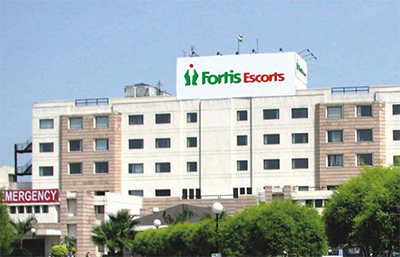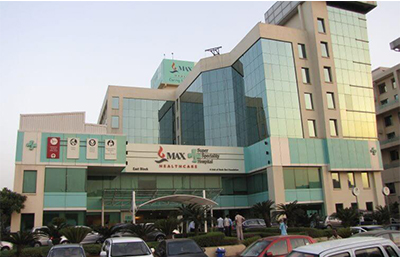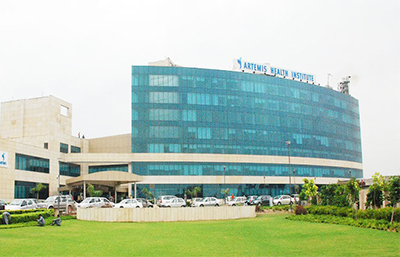Life in Ayurveda is conceived as the union of body, senses, mind and soul. The living man is a conglomeration of three humors (Vata, Pitta &Kapha), seven basic tissues (Rasa, Rakta, Mansa, Meda, Asthi, Majja & Shukra) and the waste products of the body i.e. mala, mutra and sweda. Thus the total body matrix comprises of the humors, the tissues and the waste products of the body. The growth and decay of this body matrix and its constituents revolve around food which gets processed into humors, tissues and wastes. Ingestion, digestion, absorption, assimilation and metabolism of food have an interplay in health and disease which are significantly affected by psychological mechanisms as well as by bio- fire (Agni).
Diagnosis
In Ayurveda diagnosis and treatment of disease is always individual to each patient. The physician takes a careful note of the patients internal physiological characteristics and mental disposition. He also studies other factors such as the affected bodily tissues, humours, the site at which the disease is located, patients resistance and vitality, his daily routine, dietary habits, the clinical conditions, condition of digestion and details of personal, social, economic and environmental situation of the patient. The diagnosis also involves the following examinations:
- General physical examination
- Pulse examination
- Urine examination
- Examination of the faces
- Examination of tongue and eyes
- Examination of skin and ear including tactile and auditory functions.
Treatment
The treatment approach in the Ayurveda system is holistic and individualized having preventive, curative, mitigative, recuperative and rehabilitative aspects. The principal objectives of Ayurveda are maintenance and promotion of health, prevention of disease and cure of sickness.
Treatment of the disease consists in avoiding causative factors responsible for disequilibrium of the body matrix or of any of its constituent parts through the use of Panchakarma procedures, medicines, suitable diet, activity and regimen for restoring the balance and strengthening the body mechanisms to prevent or minimize re-occurrence of the disease.
Normally treatment measures involve use of medicines, specific diet and prescribed activity routine. These three measures are used in two ways. In one approach of treatment the three measures antagonize the disease by counteracting the etiological factors and various manifestations of the disease. In the second approach the same three measures of medicine, diet and activity are targeted to exert effects similar to the etiological factors and manifestations of the disease process. These two types of therapeutic approaches are respectively known as Vipreeta and Vipreetarthkari Chikitsa.
For successful administration of a treatment four things are essential. These are
- The physician
- The medicaments
- The nursing personnel
- The patient
The physician comes first in order of importance. He must possess technical skill, scientific knowledge, purity and human understanding. The physician should use his knowledge with humility, wisdom and in the service of humanity. Next in importance comes food and drugs. These are supposed to be of high quality, wide application, grown and prepared following approved procedures and should be available adequately. The third component of every successful treatment is the role of nursing personnel who should have good knowledge of nursing, must know the skills and be affectionate, sympathetic, intelligent, neat & clean and resourceful. The fourth component is the patient himself who should be cooperative and obedient to follow instructions of the physician, able to describe ailments and ready to provide all that may be needed for treatment.
Types of Treatment
- Shodhana therapy (Purification Treatment)
- Shamana therapy (Palliative Treatment)
- Pathya Vyavastha (Prescription of diet and activity)
- Satvavajaya (Psychotherapy)
- Rasayana therapy (use of immuno-modulators and rejuvenation medicines)
- Nidan Parivarjan (Avoidance of disease causing and aggravating factors)
Diet and Ayurvedic Treatment
In Ayurveda, regulation of diet as therapy has great importance. This is because it considers the human body as the product of food. An individual's mental and spiritual development as well as his temperament is influenced by the quality of food consumed by him. Food in the human body is transformed first into chyle or Rasa and then successive processes involve its conversion into blood, muscle, fat, bone, bone-marrow, reproductive elements and ojas. Thus, food is basic to all the metabolic transformations and life activities. Lack of nutrients in food or improper transformation of food lead to a variety of disease conditions.
- Institute of Post Graduate Teaching & Research in Ayurveda, Jamnagar (Gujarat)
- National Institute of Ayurveda (NIA) Jaipur
- Rashtriya Ayurved Vidyapeeth,New Delhi
- All India Institute of Ayurveda








